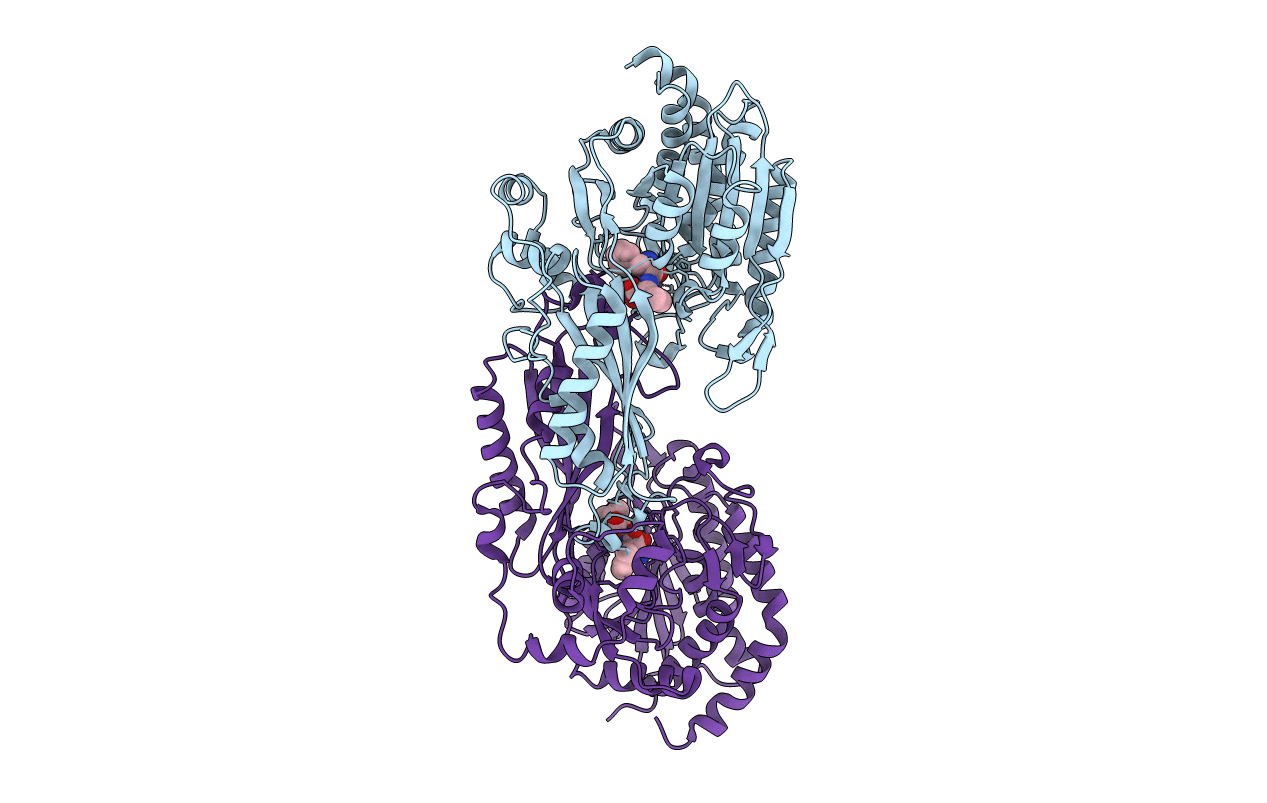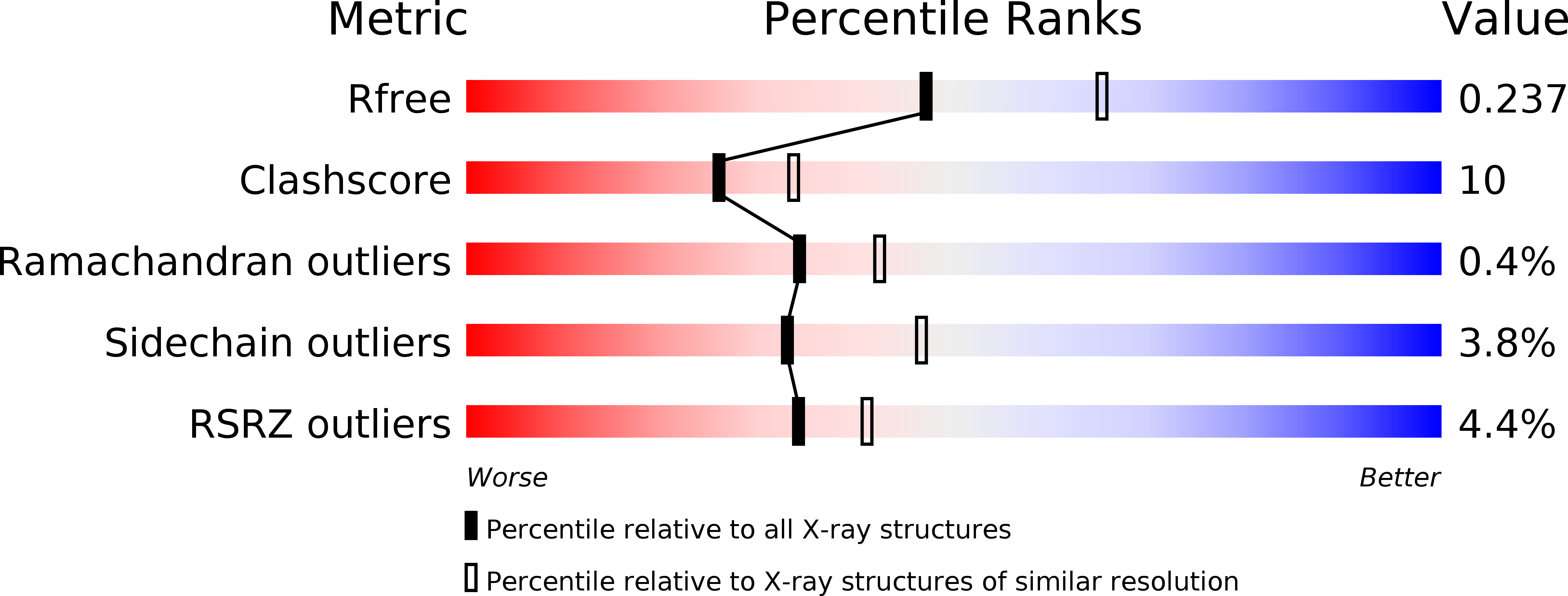
Deposition Date
2008-05-14
Release Date
2008-06-10
Last Version Date
2024-03-13
Entry Detail
PDB ID:
2ZOF
Keywords:
Title:
Crystal structure of mouse carnosinase CN2 complexed with MN and bestatin
Biological Source:
Source Organism:
Mus musculus (Taxon ID: 10090)
Host Organism:
Method Details:
Experimental Method:
Resolution:
2.30 Å
R-Value Free:
0.23
R-Value Work:
0.19
R-Value Observed:
0.19
Space Group:
P 1 21 1


